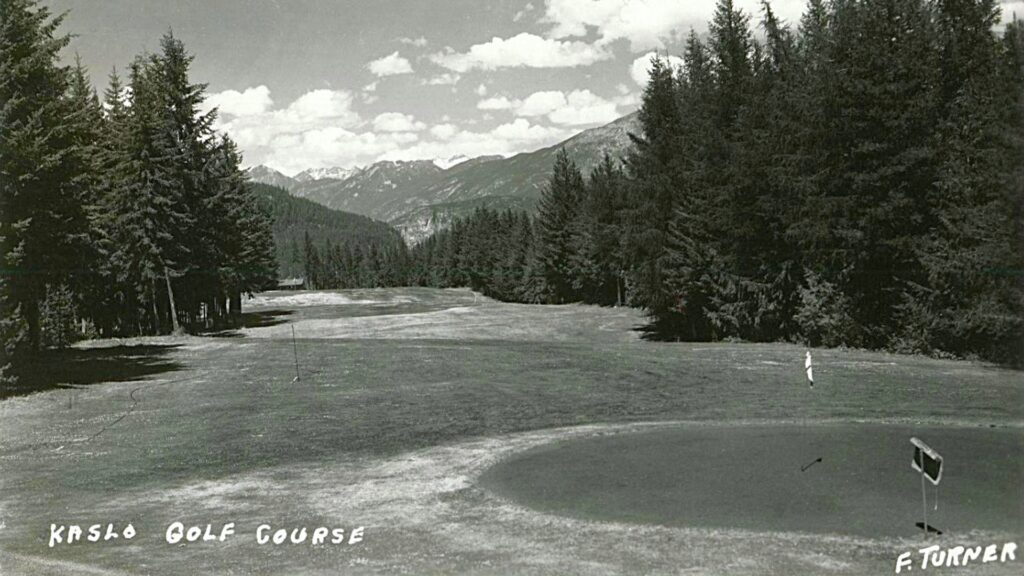
Kaslo Golf Course opened in 1923. At that time there were under two dozen golf courses in all of British Columbia, most of which were located in the larger centers of Vancouver and Victoria. To put that in context, there are now 15 in the West and Central Kootenays alone. While golf was appreciated by those who enjoyed the game it had nowhere near the profile it has today.
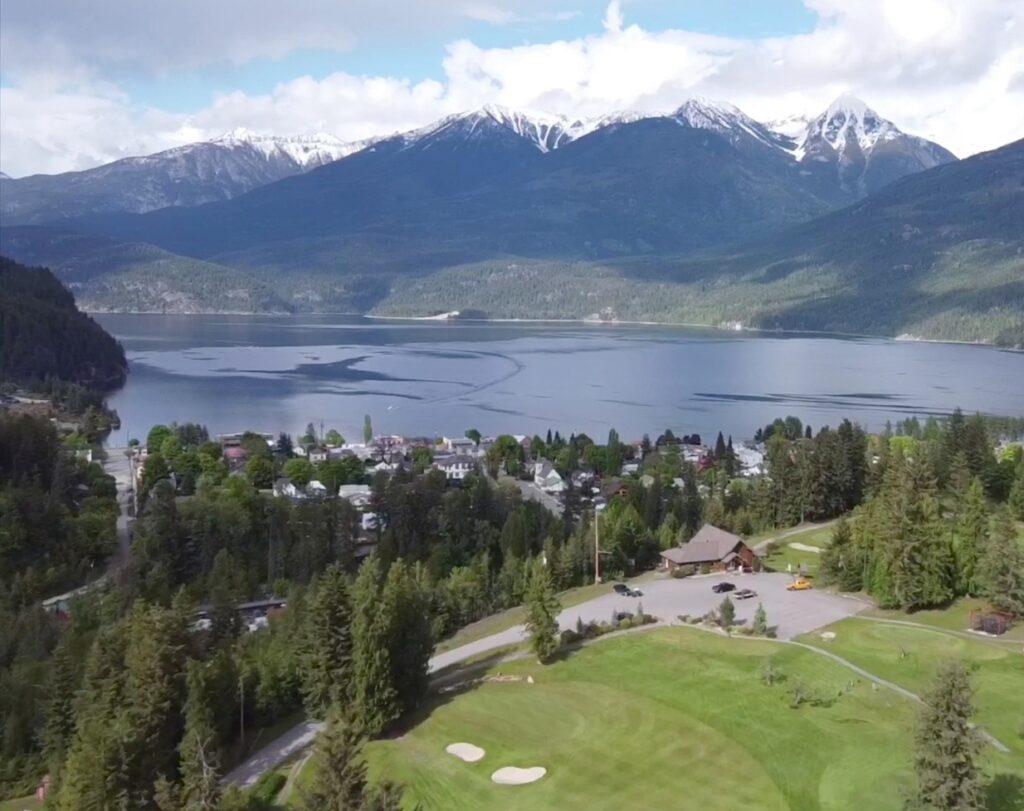
In Kaslo, which was a larger community than it is today, there were some enthusiasts who formed a company, raised some capital, and began to generate interest in creating a course locally. The subscriptions provided enough to build 4 holes in 1923, and the following year a further 5 holes were carved out on the reasonably flat bench just south of the main area of the town, where the course is still located. In the beginning a lady’s membership cost $10 and men’s was $15.
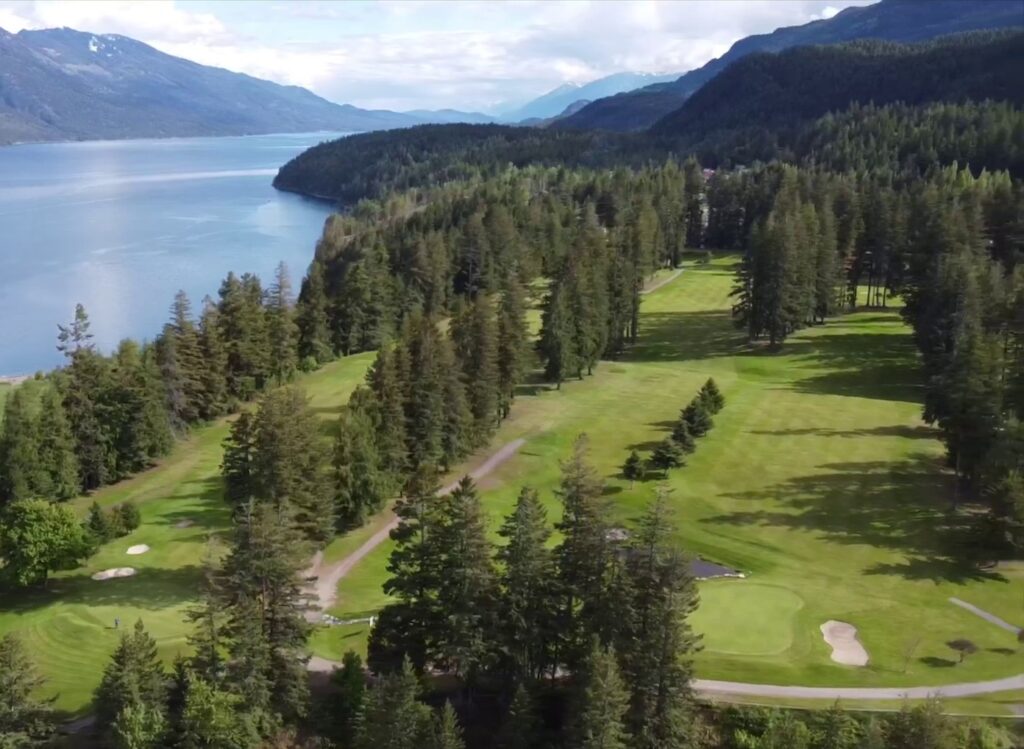
The land on which the course is located had been legally subdivided into over 225 individual lots with 25 foot frontage. This was a standard size for lots at that time. The company that had been formed bought the lots from the municipality but as time passed the taxes that were being assessed began to grow and at some point (March 1981), about 60 years into the club’s existence, an agreement was reached to sell the land to the village for $1 and to lease the land on 10 year leases renewable at the club’s option. At the same time the company was dissolved, and a not-for-profit society was formed to continue operations. The reasoning at that time was that the rent payable would be less, and would continue to be so, than the taxes on the land.
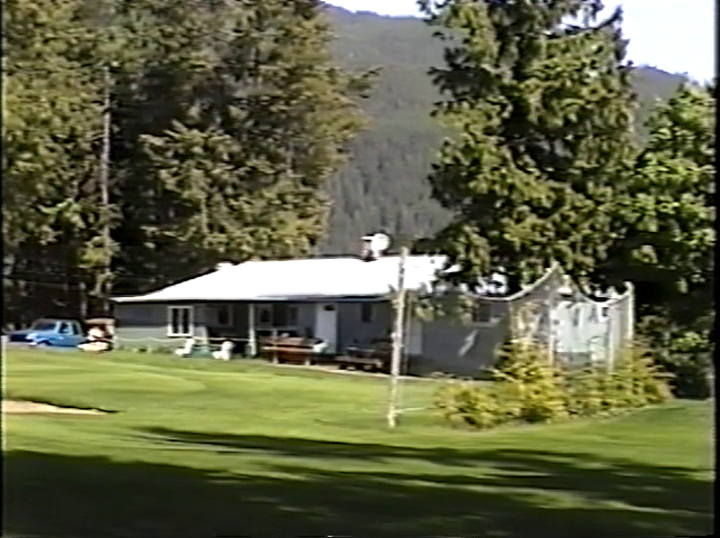
A clubhouse was built at the furthest southeast corner of the land early on, and it was there that operations were conducted for many years. At an undetermined point in time a more substantial clubhouse, including a stone fireplace, was built and began to be used at the northeast corner of the land, and that clubhouse hosted operations until 2007. One of the drawbacks of that location was that it was a fair walk from the parking area, and rather hazardous after dark.
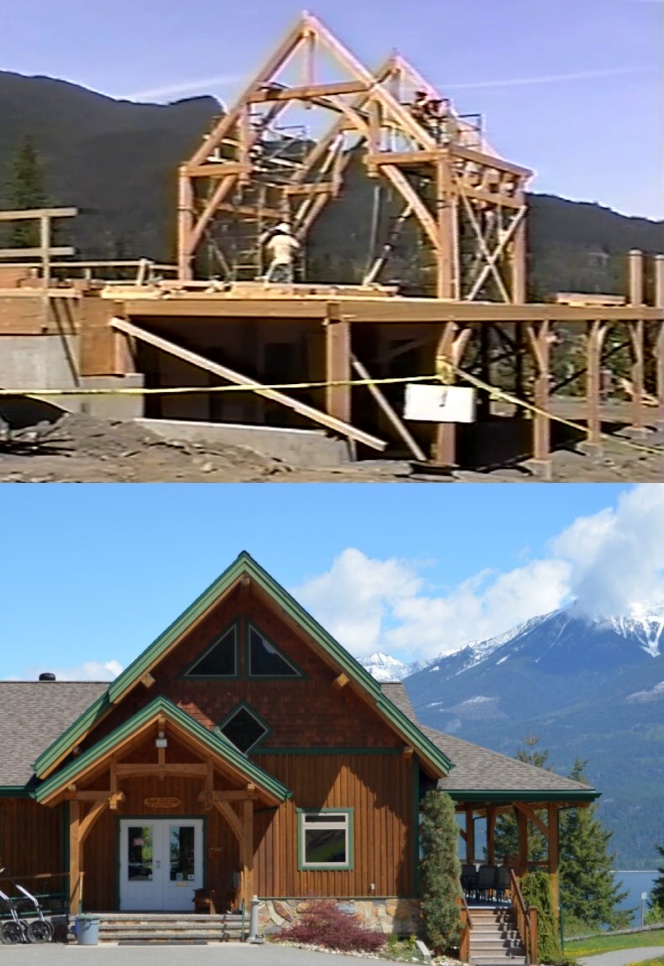
The club’s board in 2005-06 resolved to build a newer clubhouse at a better location, and at that time raised enough money in the form of grants, such as the $60,000 from Columbia Basin Trust, and funds borrowed from the club’s members to proceed. The member loans have since been repaid in full. This amount did not include the large amount of donated labor and equipment which eventually found their way onto the stage. This new building, a timber frame design, was completed and occupied for the 2007 season and continues in use today. It is appropriate at this time to acknowledge the donated time and effort provided by CJ Logging, and Sunshine Logging, Hamill Creek Timber Homes and Boards by George Lumber. That building was nominated for a provincial design excellence award.
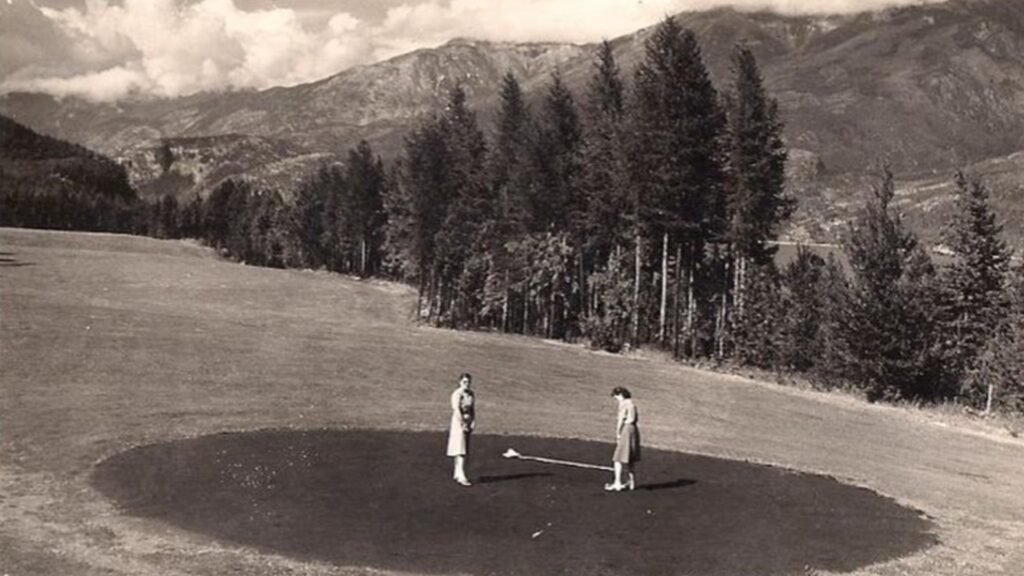
The original course had sand greens. The players would use a rake/round bar to smooth the path to the hole, putt out and then rake the area to prepare it for the next group. During the period from1965 to 1975 all greens were eventually converted to the grass surface you find today. In 1987 a Lottery grant of $25,000. enabled the installation of a sprinkler system.
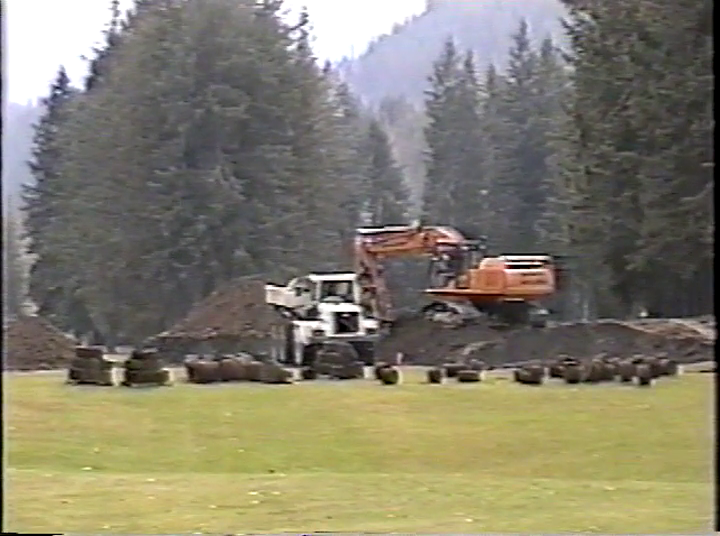
Over the period from 1995 to the present a number of refinements of the course were undertaken. Under Bryan MacMillan’s direction in 2003 some of the steeper slopes were shaved down and some deeper troughs filled in through the former fairways 1 and 3. A smaller plot of land between the course and the highway was added to the club’s lease in 2005 which enabled the course design to be improved for the playability and the safety of golfers. As well the improvement of greens involving putting them on a proper base (for better drainage) and increasing their size began to take place. Today all greens have been renovated. Again the contributions of Yellowhead Road and Bridge, CJ Logging, and Sunshine Logging should be acknowledged.
It should be said the volunteer contributions were not all corporate. There were quite a number of individuals who spent untold hours working on the course to make it an improved facility. One was Earl Zilkie, though his name is included only as an example of many more, including the folks who lived in Kaslo and traversed the lake to work at the Bluebell mine in the mid 1960’s. That spirit of volunteerism continues to this day and it should be noted the club is managed entirely by a Board, all of whom provide their time and expertise as volunteers.
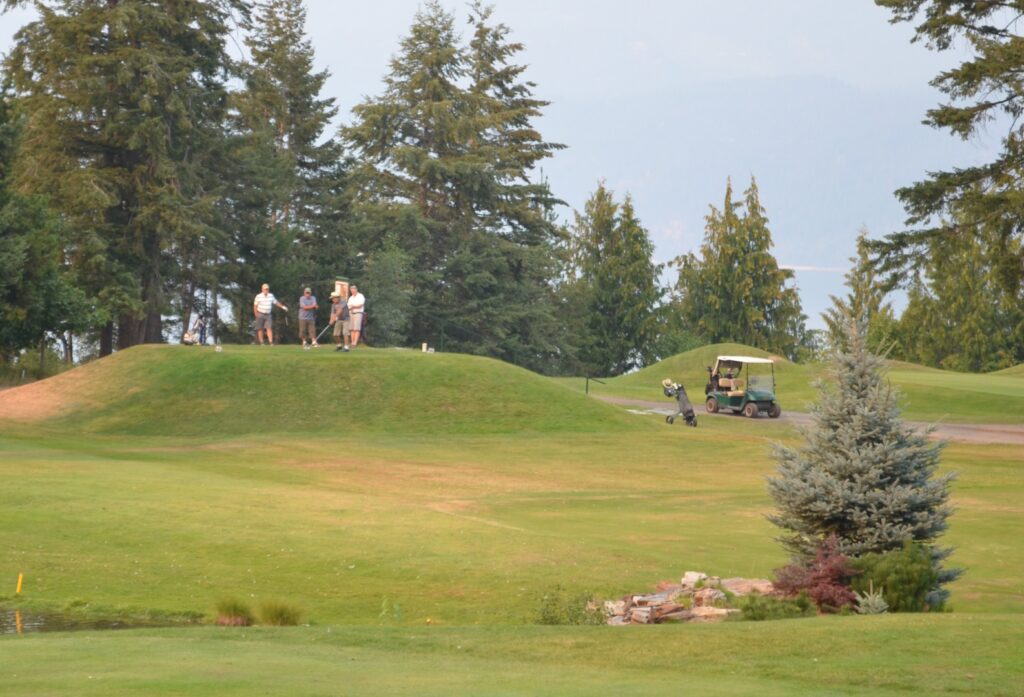
The club’s history includes a reputation in the region. From 1936 on and continuous to now the club hosts its signature tournament – the Rainbow – which attracts many from outside Kaslo and has had attendance reaching up to 90 participants. There were years when Mens and Ladies Rainbows were run the same day, such as 1952 when 22 ladies competed in the morning and there were 68 men keen for their start in the afternoon. Those outsiders came from as far as Trail and Castlegar, and even Pembroke Ontario, and most drove past larger courses to be able to play in Kaslo. There are also folks today who live as far away as the US Eastern seaboard and the Arizona desert who enjoy the community and course enough that they arrive each year and buy a membership.
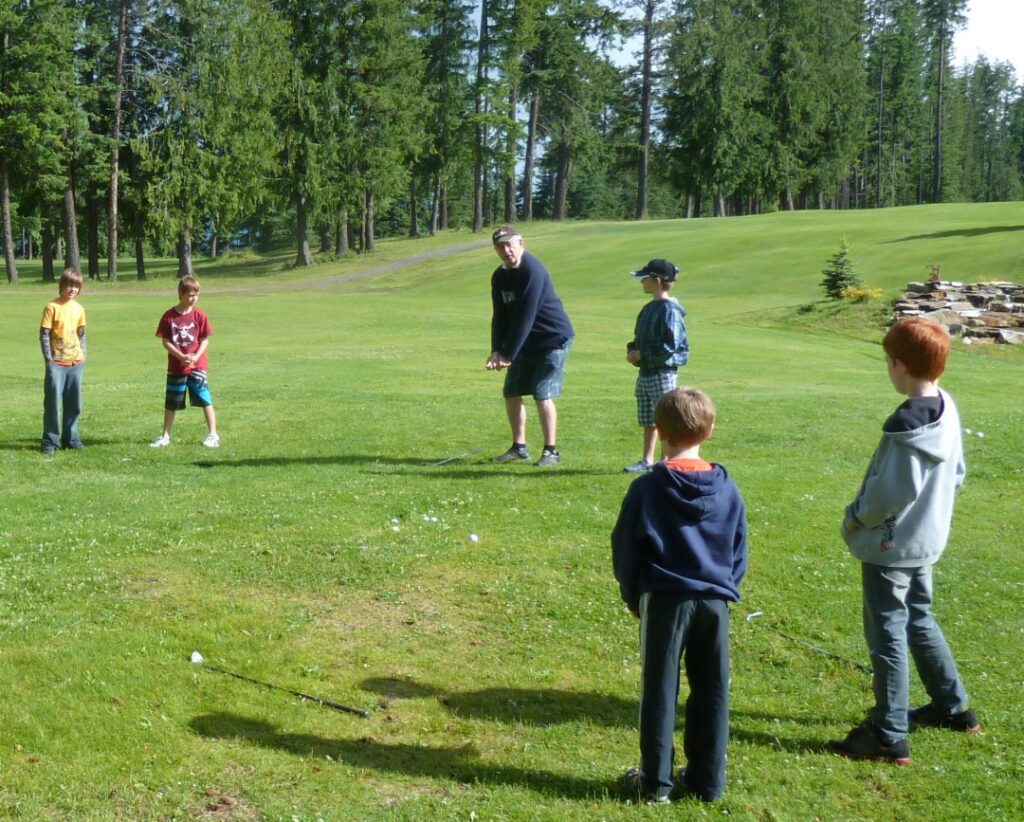
Another reputation the club has is one of promoting the game. For many years the months of May and June are the time of year that up to 50 kids from the school are given instruction and guidance – at no cost – in the game. Many of those kids continue to show up today as young adults, in turn bringing their children to the course to enjoy the same opportunity. Some of those were part of the Kaslo team that took part in a 10 club Junior tournament in 2001 – 5 clubs from each of Canada and the U.S. The Junior program was given a boost in 2011 when the profit ($2,500) from the Protective Cup, another regular annual event, was donated and used for the purchase of junior clubs.
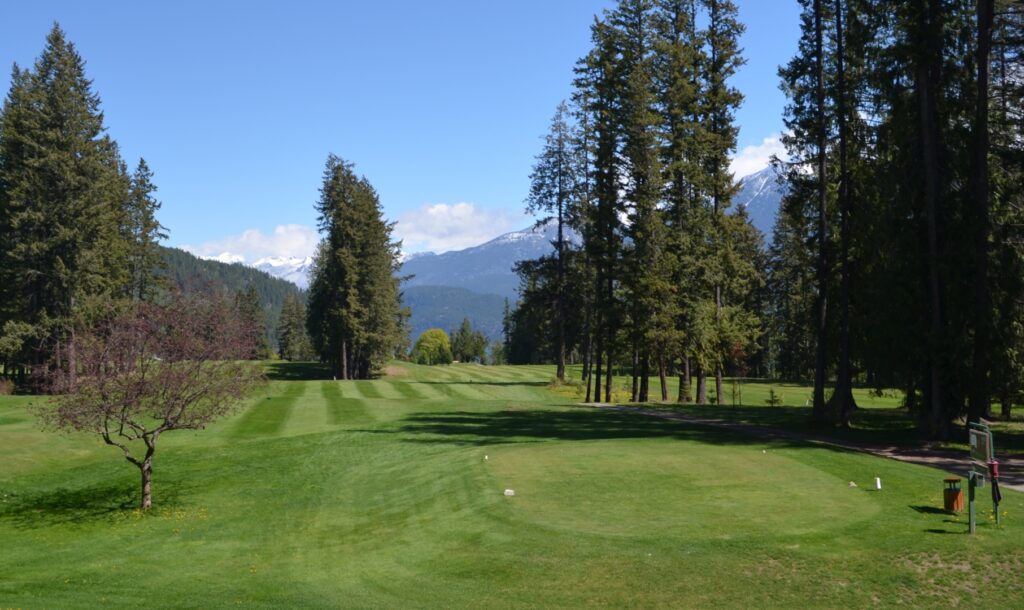
In all, the original desire for golf in Kaslo was an altruistic ambition, and the continued participation of citizens of all ages has proven to be a sustainable example of how much can be achieved by people working together. The course is an attractive element of the overall reason tourism is one of Kaslo’s largest economic drivers, and those who choose to live here are provided a recreational option for all ages, at no cost to the taxpayer.

You must be logged in to post a comment.